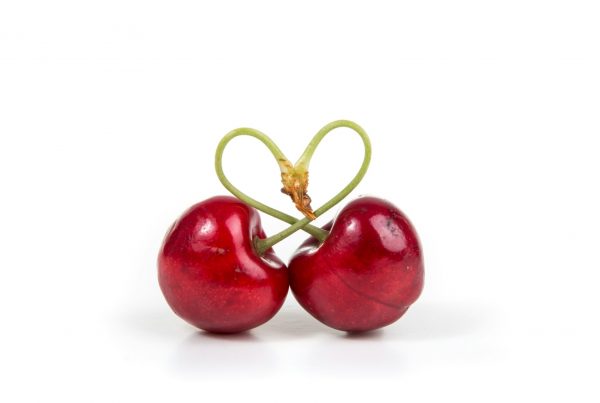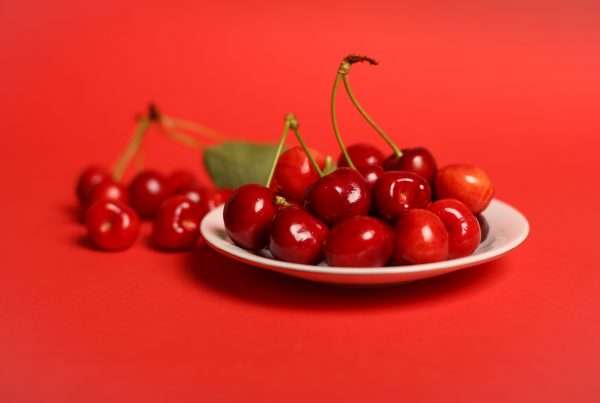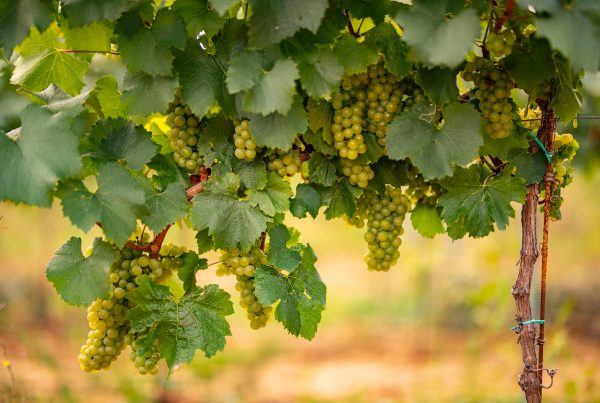Newsletter 168 – 07.01.2024
There is no doubt that grapes is a successful fruit for southern countries. On the one hand, it is gaining popularity because its characteristics adapt perfectly to modern life: while the consumption of classical fruits decays, the grapes gains new spaces. It is an easy berry to consume and transport, with an attractive, sweet, fresh presence, pleasant to the palate, without seed and that allows you to consume small portions. To this is added to the southern countries the advantage of entering during the winter, when fresh fruits are scarce. Grapes are an attractive alternative against pome fruit, bananas and citrus. Thanks to pre-packs, they are easily manipulable for large retailers. No northern supermarket can function without grapes, being a fundamental fruit throughout the year. It is usefull to make numerous ads. As it cannot be kept with adequate quality for a long time, northern countries cannot compete with their production with that the Southern Hemisphere. On the other hand, for now satisfactory productions are not achieved in more tropical regions, being the qualitative issue a limitation. All this leads to the northern markets depending half of the year on the southern productions. Peru, Chile and South Africa remain as the main exporters of the world. This year the Southern Hemisphere exported about 1.45 million tons, slightly over 2023 (+2%) and the historical average (+4%). Chile and Peru each contributed half a million tons. The supply is completed by South Africa with about 330,000 tons and to a lesser extent by Brazil (60,000 tons).
But achieving this success, and even more, staying on the crest of the wave, is not easy. Each campaign is a new challenge, with unforeseen events and surprises. Being able to supply external markets with the best qualities, of the desired varieties, in a practical container and with a constant weekly arrival rhythm is almost impossible. Especially this last point is very complicated. On the one hand, there is the increasingly unpredictable climate, with usual extreme events. In contrast, grapes are a delicate fruit that is very affected by rains and floods, late frosts, droughts or extreme temperatures. This makes difficult to predict how the campaign will develop. In addition, once an adequate harvest is obtained, there is logistics to get it to reach supermarkets in the shortest possible time without losing quality or condition. This is contrasted with social conflicts (strikes) and political (road cut), ship delay (load complications, strong winds, storms) and climatic problems (harvest rains, snowfall in the northern markets). All these inconveniences are common, so shipping planning, as well as delivery commitments must have some flexibility. This again clashes with the organization of the retailer chains, which intend to have a safe and predictable supplier. Given the difficulties arising in recent years, supermarkets are choosing not to depend on a single supplier, but to have more than one and from different regions.
For grapes to remain as an attractive fruit, the industry have to anticipate the changes expected in consumption. First there is the qualitative issue. Only with quality fruit consumption can be maintained and increased. This fruit is bought for pleasure, not out of necessity. The purchase is not decided by the price (within a logical range), but for its visual appeal and the previous experience, which gives us a guideline if it meets the expectation of taste and culinary experience. To achieve this there was a strong varietal renewal, which in the grape was more marked than other fruits and in the Southern Hemisphere more marked than in the North. In a few years the southern producers turned massively to the new varieties. In the season that is to end the participation of those patented in exports were 70-75% for Peru and South Africa and 60% for Chile. Within these there are already clear winners. In the white group the Sweet Globe became the most exported, throwing Thompson out from that place. Other successful white ones are the Autumn Crips, Arra15, Timpson, Ivory, Early Sweet. Regarding red grapes, Allison and Sweet Celebration have displaced Flame; and Timco, Jack Salute, Scarlotta, Tawny and Starlight are important too. In black grapes, Mignight Beaty, Saber, Sweet Joy, Adora, Melody and Sweet Sapphire are standing out.
Another challenge that will be presented in the future are the containers that are used to assemble the pre-packs. These are plastic, which have this very bad press material from the ecological point of view. These containers were fundamental for the success of the grapes. They are easily manipulable for chains and consumers and reduce losses, another aspect to take into account sustainability. Therefore, they were a solution, which today becomes a problem.
Extreme climate, social conflicts, logistics difficulties, sustainability, growing costs, change in consumer preferences, new competitors, are the challenges that southern producers have to face in each campaign to remain successful in this business.







